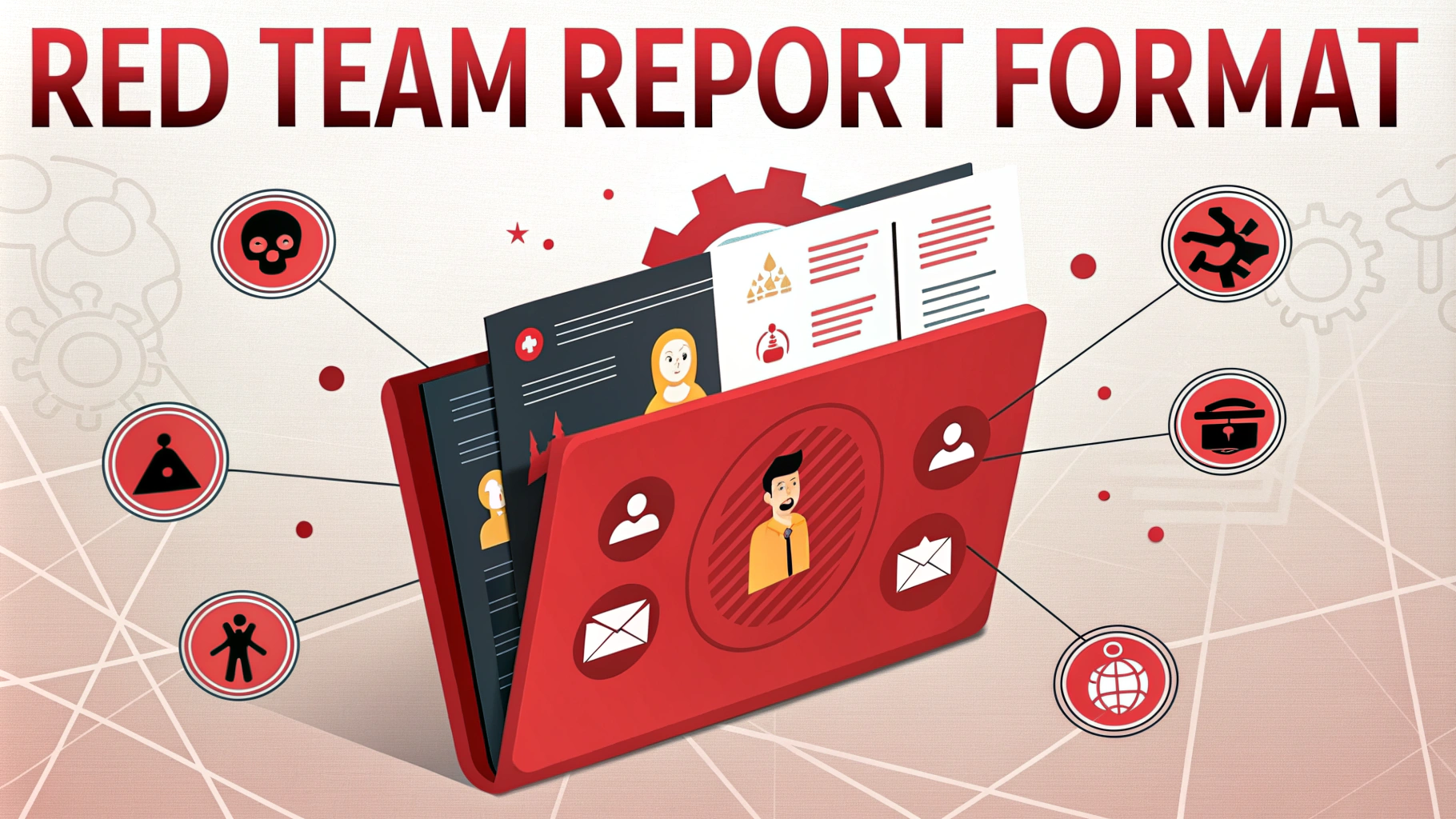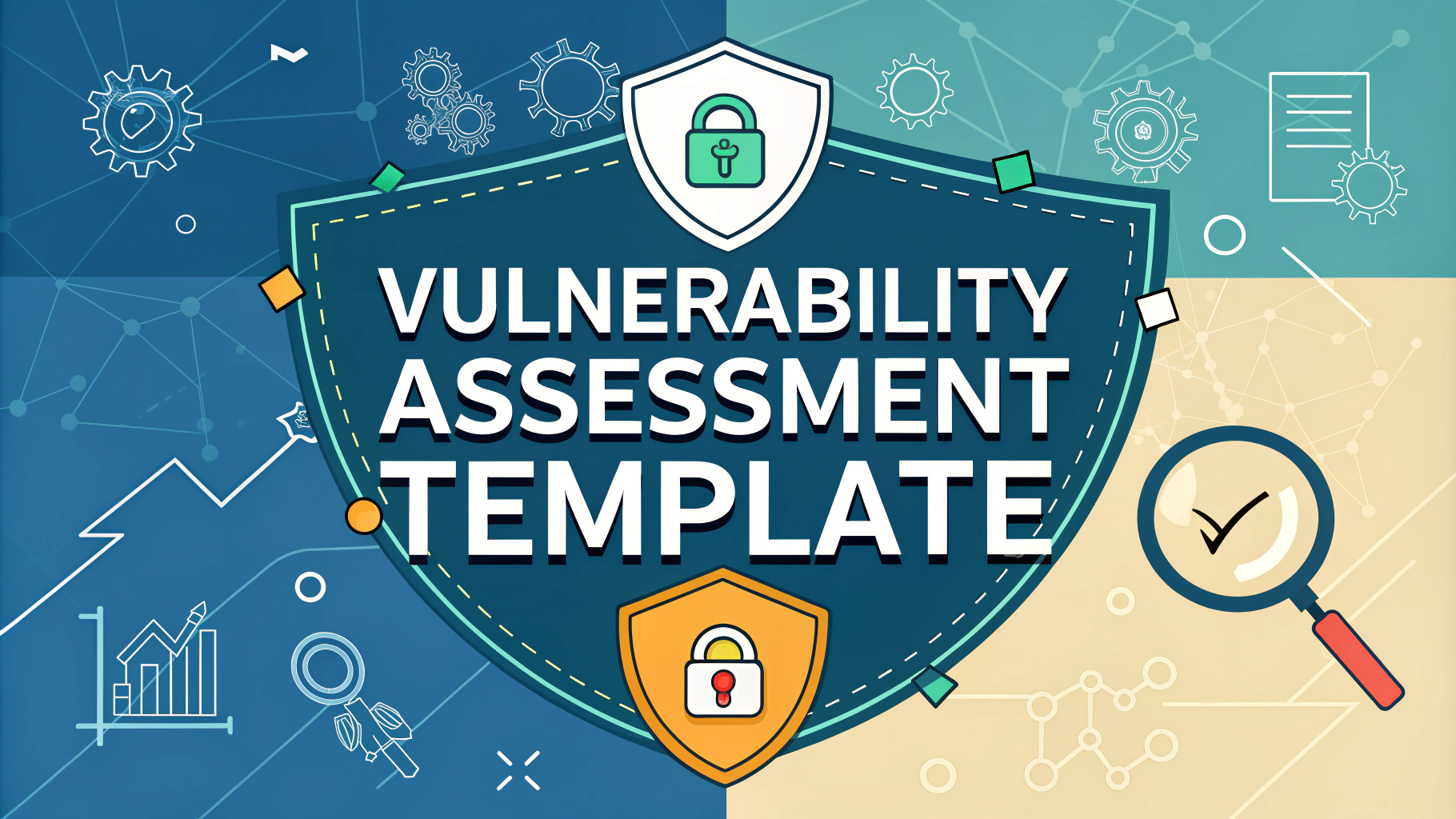Incident response scenarios in penetration testing help organizations prepare for and respond to various security threats and breaches.
These practical exercises simulate real-world cyber attacks, allowing security teams to test their detection, containment, and recovery procedures under controlled conditions.
Testing teams can identify gaps in their incident response plans and improve their overall security posture through these structured scenarios.
Common Incident Response Scenarios
- Ransomware outbreak simulations
- Data breach scenarios
- Phishing campaign responses
- Advanced Persistent Threat (APT) simulations
- DDoS attack responses
- Insider threat scenarios
Setting Up Test Environments
Create an isolated network environment that mirrors your production infrastructure without risking actual systems.
Required Components:
- Virtual machines running production-like systems
- Network monitoring tools
- Security Information and Event Management (SIEM) system
- Backup systems
- Documentation tools
Running Effective Scenarios
Each scenario should follow a structured approach to maximize learning outcomes.
| Phase | Actions |
|---|---|
| Preparation | Define objectives, set up monitoring, brief participants |
| Execution | Run the scenario, document responses, monitor reactions |
| Analysis | Review actions, identify gaps, document lessons learned |
Measuring Response Effectiveness
Track these key metrics during scenarios:
- Time to detection
- Time to containment
- Time to recovery
- Accuracy of threat identification
- Quality of documentation
- Team communication effectiveness
Tools and Resources
Recommended Testing Tools:
- Metasploit Framework – https://www.metasploit.com/
- Kali Linux – https://www.kali.org/
- Wireshark – https://www.wireshark.org/
- Nmap – https://nmap.org/
Best Practices for Success
- Document Everything: Keep detailed records of all actions and outcomes
- Rotate Scenarios: Change scenarios regularly to test different response capabilities
- Include All Stakeholders: Involve IT, security, management, and relevant business units
- Regular Updates: Review and update scenarios based on new threats and lessons learned
Next Steps for Your Security Program
Schedule regular scenario testing sessions as part of your security program.
Review and update your incident response plan based on scenario findings.
Contact incident response consulting firms for professional guidance: SANS Institute or FIRST.
Training and Development
Regular training ensures incident response teams maintain their skills and stay current with emerging threats.
Key Training Areas:
- Technical incident handling
- Digital forensics
- Crisis communication
- Legal compliance requirements
- New threat intelligence
Documentation Requirements
Maintain comprehensive documentation throughout the incident response process.
- Incident response playbooks
- Communication protocols
- Evidence handling procedures
- Chain of custody forms
- Post-incident reports
Compliance and Regulatory Considerations
Ensure incident response scenarios align with relevant regulatory requirements:
- GDPR incident reporting timelines
- HIPAA breach notification procedures
- PCI DSS incident handling requirements
- Industry-specific compliance mandates
Strengthening Your Security Posture
Transform incident response testing into actionable security improvements:
- Implement lessons learned from scenarios
- Update security controls based on findings
- Enhance monitoring capabilities
- Strengthen incident response procedures
- Build resilient security awareness across the organization
FAQs
- What is the primary goal of an incident response penetration test?
To evaluate an organization’s capability to detect, respond to, and contain security incidents by simulating real-world cyber attacks while measuring the effectiveness of existing incident response procedures and team readiness. - How does incident response penetration testing differ from regular penetration testing?
Incident response penetration testing focuses specifically on testing the organization’s detection and response capabilities rather than just identifying vulnerabilities. It includes evaluating SOC performance, response times, and communication protocols during an attack. - What are the key components tested in an incident response penetration test?
The test evaluates incident detection systems, alert mechanisms, log monitoring capabilities, team communication channels, escalation procedures, containment strategies, and incident documentation processes. - How long should an incident response penetration test typically last?
Most incident response penetration tests run between 1-2 weeks, allowing sufficient time to test various attack scenarios and evaluate the organization’s full response cycle across different attack vectors. - What types of attack scenarios should be included in IR penetration testing?
Tests should include data exfiltration attempts, ransomware simulation, lateral movement scenarios, privilege escalation, persistence establishment, and advanced persistent threat (APT) simulation. - What metrics should be measured during an incident response penetration test?
Key metrics include mean time to detect (MTTD), mean time to respond (MTTR), accuracy of threat identification, effectiveness of containment measures, and quality of incident documentation. - How should successful exfiltration attempts be handled during testing?
Exfiltration attempts should use harmless test data and be clearly marked as test traffic. All actions should be documented and coordinated with the organization’s security team to prevent actual data loss. - What should be included in the incident response penetration test report?
The report should detail attack scenarios used, response times, gaps identified in detection and response processes, effectiveness of security controls, team performance evaluation, and specific recommendations for improvement. - How often should organizations conduct incident response penetration tests?
Organizations should conduct comprehensive IR penetration tests at least annually, with additional tests after significant infrastructure changes or security incident response plan updates. - What permissions and authorizations are needed before starting an IR penetration test?
Written authorization from leadership, scope definition document, testing windows agreement, emergency contact list, and sign-off from affected department heads are required before testing begins.








